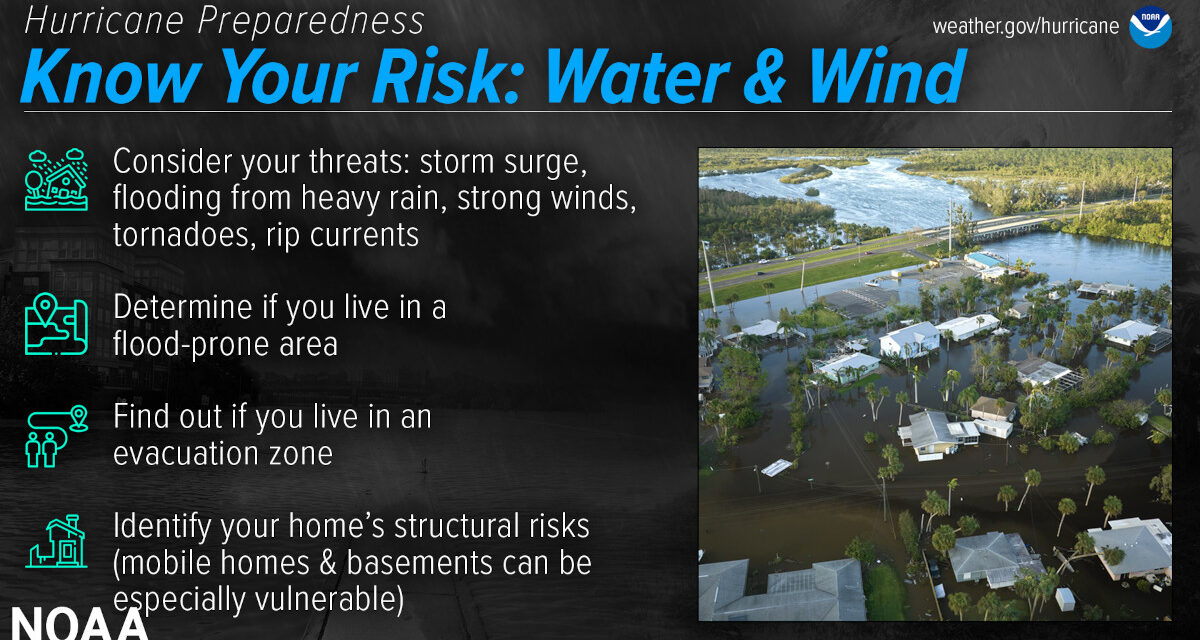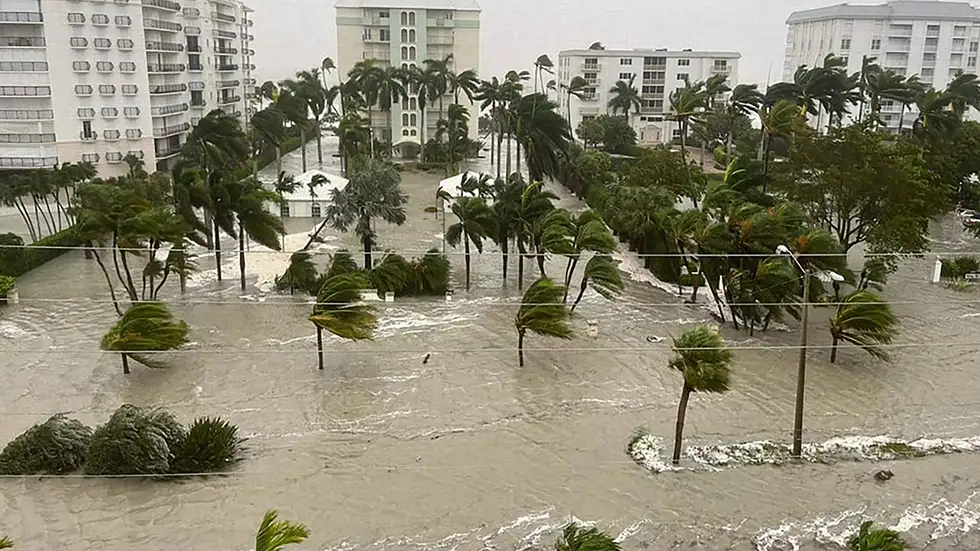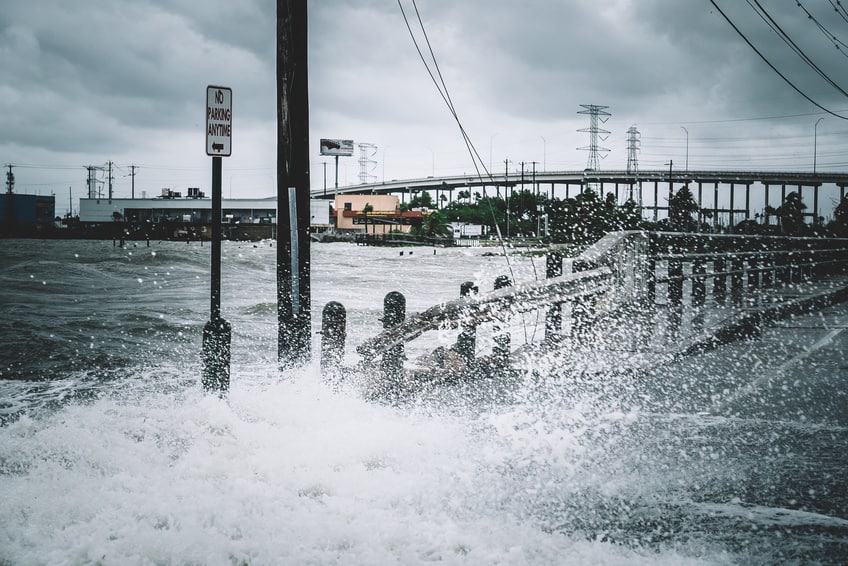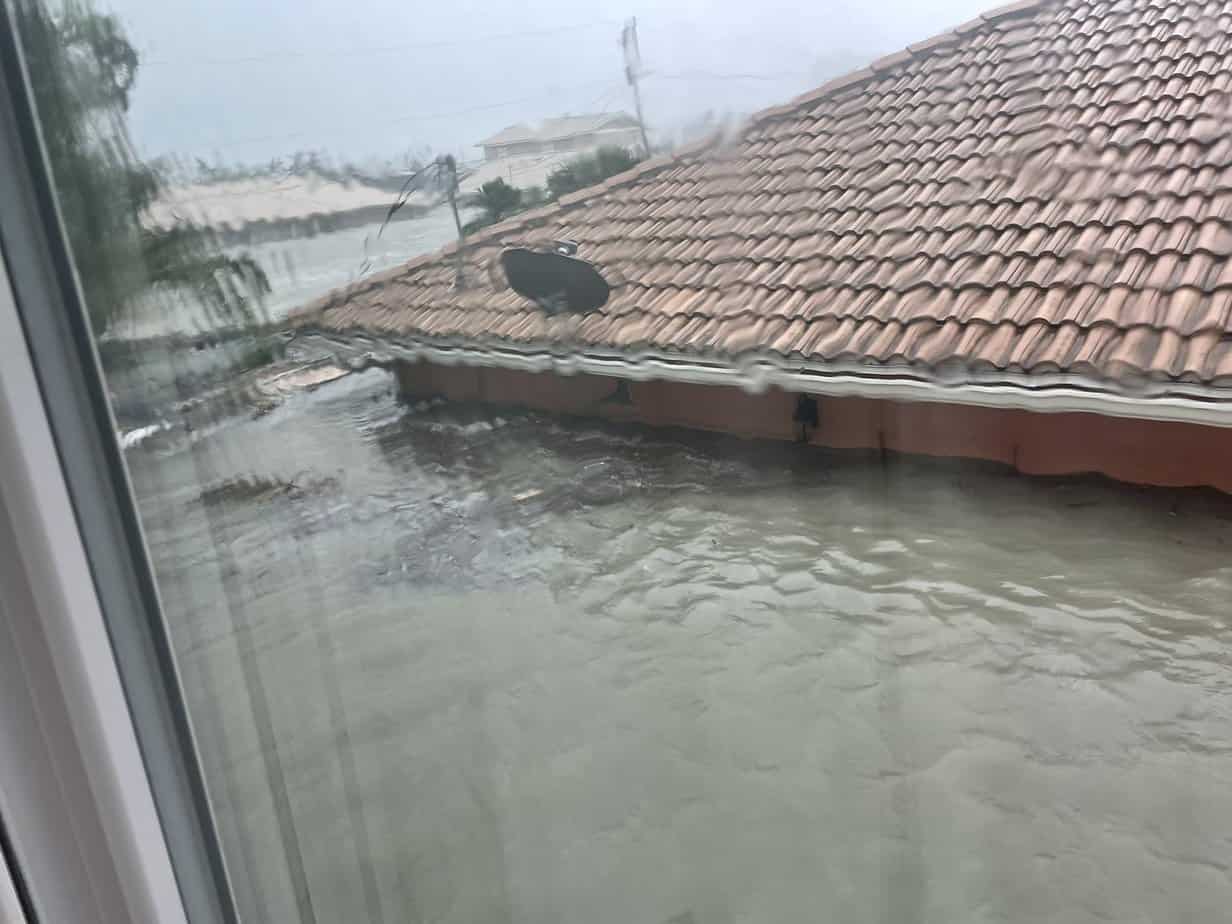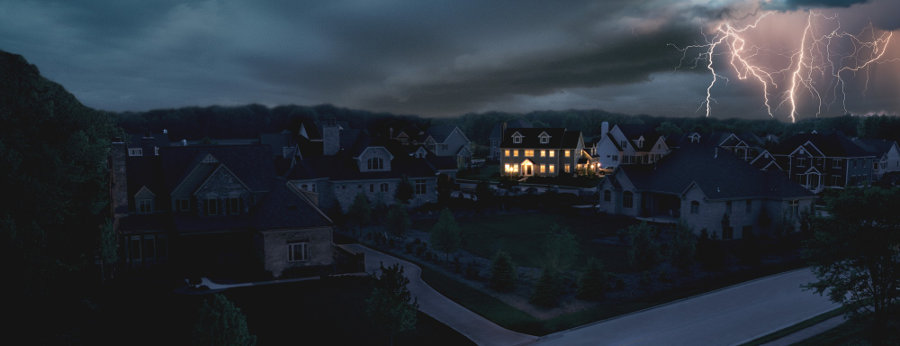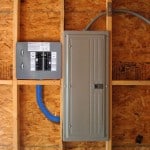The First Step to Hurricane Preparedness: Know and Understand the Specific Risks Hurricanes Pose to You and Your Family. Those living inland experience different risks than people living close to the ocean or on coastal waterways. Day 1 of Hurricane Prep Week: Determine Your Risk. #HurricaneStrong #HurricanePrep #ItOnlyTakesOne
Have You Prepared for Another Destructive Atlantic Hurricane Season?
If you live in or have a business in one of the East Coast of Gulf Coast States, you should prepare for the 2023 Atlantic Hurricane Season. Early outlooks indicate that tropical weather in the Atlantic, Caribbean, and Gulf of Mexico are likely to be near normal this year with up to 14 named storms.
It only takes one hurricane or tropical storm to make your season, an active season.
Norwall PowerSystems joins the NOAA in urging people and businesses to prepare for hurricane season.
- Begin Preparations Today
- Understand Your Risks
- Know How to Interpret Forecasts and Alerts
- Know What to do Before, During, and After a Storm
- Complete Your Preparations Before Hurricane Season Begins on June 1.
Hurricane Preparedness
- Hurricane Hazards and Risk Factors
- Make a Hurricane Evacuation Plan
- Hurricane Preparedness Kits and Supplies
- Hurricane Insurance Checkup and Updates
- Prepare Your Home for Hurricanes
- Help Neighbors with Hurricane Preparedness
- Complete Your Hurricane Preparedness Plan
- Emergency Preparedness Tips
- How to Prepare for a Power Outage
- 10 Tips to Survive a Hurricane Disaster
- FEMA Recommends a Generator
- Hurricane Disaster Preparedness
Did You Know? Extreme Winds make big headlines, but Storm Surge and Inland Flooding cause the most deaths and property damage. Understand which risks pose the most danger to your home and family.
(Top) Hurricane Ian 2022 Storm Surge Hours Before Landfall in Naples, Florida. (Bottom) Hurricane Harvey Storm Surge.
Hurricane Risks Vary by Location
Historically, Storm Surge causes the most deaths and the most property damage. Fast-moving water begins coming ashore ahead of the storm, pushed by the strong wind. Flooding from extreme rain comes in a close second.
Cable weather meteorologists braving extreme winds and horizontal rain make exciting news. It is more important to understand the risks posed by hurricanes and tropical storms is the first step to Forming a Hurricane Disaster Plan. Plans save lives, help prepare property ahead of the storm, and aid restoration after it passes.
Risks vary depending on location. Storm surge can overwhelm any location near water including rivers, lakes, and property close to the ocean. Inland flooding caused by prolonged heavy rain puts entire cities and towns at risk. Local governments create evacuation zones in areas subject to storm surge or flooding. According to the Federal Emergency Management Agency (FEMA,) everyone should leave via the designated evacuation route After Receiving Evacuation Orders for their zone. Once authorities order evacuations, those not under orders should stay home unless threatened by a specific risk.
If you plan to leave, do so ahead of the evacuation orders.
The Storm Surge at Fort Myers / Cape Coral Florida During Hurricane Ian Reached 15 Feet, According to NOAA.
Need to Know: Rain saturated soil allows trees to fall over when the roots no longer anchor the tree in the high winds of a hurricane or tropical storm. Trees fall on homes and cars causing damage. Widespread destruction of utility lines can take weeks to repair. Loss of power for weeks allows mold to grow and without refrigeration, food supplies can spoil within hours. FEMA recommends a backup power source. Standby generators work automatically, even at the height of the storm. Portables can power essentials after the storm passes for as long as they have fuel, which may be hard to buy in aftermath of a disaster.
Two other hazards receive less dramatic reports. Rip currents form before a hurricane approaches or passes by the coast, long before any storm clouds appear on the horizon. Always heed warnings of RIP currents and stay away from dangerous surf.
Hurricanes often generate tornadoes, another cyclone with destructive winds. Tornadoes associated with hurricanes are usually short lived, but tear shingles from roofs and destroy power lines. After losing power, some people turn to Portable Generators for Power.
Flood waters present hazards in several forms. Downed Power Lines submerged in water create an electrocution hazard. Raw sewage and chemicals make walking in flood water unsafe. Moving water can knock a person off their feet or sweep a vehicle away.
Hurricanes cause widespread damage to the power grid. Outages can last a week or more, and sometimes much longer. Five weeks after Hurricane Sandy, some utility customers still did not have power. For a few, it was months before the utility turned the power on. Outages of that duration are less common than those lasting a few days or even a week, but those in the direct path of the storm should expect long-lasting outages. FEMA Advises a Backup Source of Power as part of every emergency plan.

